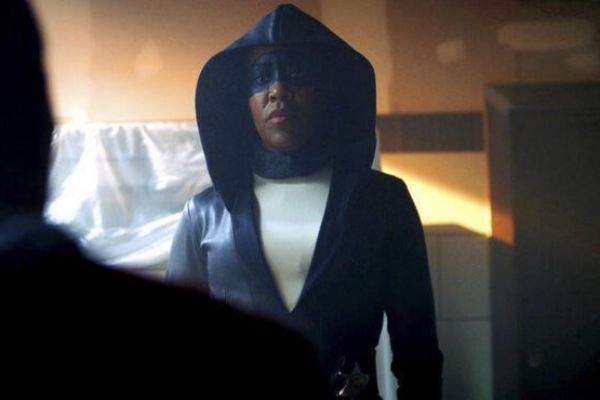The use of electronic bells in film music is not something new: the first known example is found in Forbidden Planet (1956), a series B movie in which the marriage formed by Louis and Bebe Barron designed an imaginative palette of cold textures and disturbing to simulate the acoustic landscape of an alien world. Since then, the monopoly of the great orchestra as a tool to illustrate the images of the big screen has been progressively threatened by synthetic textures, especially in the experimental or independent circuit.
For example, while John Williams gave free rein to his New York in Star Wars or Bernard Herrmann kept Richard Strauss' tradition of expressionism alive in his scores for Hitchcock or Scorsese in the late 1970s, but especially in the 1980s , the first synthesizers were appearing, in a lineage that extended from Wendy Carlos in titles such as The Orange Mechanic to all the John Carpenter's film work, which in addition to directing composed his soundtracks for that of economizing, resorting to his collection of synths Roland, Prophet and ARP.
From these two concepts, the need for a specific sound - more enveloping and spongy, or perhaps more tense, almost unnerving - such as saving the cost of working with a large orchestra, the cinema has gradually opened its doors to a certain avant-garde of electronic production - in the 80s were Tangerine Dream and Vangelis, 10 years ago Daft Punk, emerged from scenes such as ambient , minimalism or nostalgia for classical synthesizers, and that has managed to find its place in the industry.
The last years, and the end of 2019 in particular, show the intensification of this trend, especially in the series. Productions celebrated as the first season of True Detective , the three parts of Stranger Things or the recent premiere of Watchmen owe part of their success to the specific use of music.
In the first case, an expansive buzz that worked in all the chapters as a thermometer of restlessness and terror , signed by Cory Strand, a producer formed in the drone scene - that is, long-lasting tones, a radical version of minimalism - . In Stranger Things , the magic lay in the synthetic arpeggios with neon texture of Kyle Dixon and Michael Stein, components of SURVIVE, pioneer band of the synth-wave scene, while in Watchmen some of the most memorable scenes are supported - as well as it happened in the kingdom , of Rodrigo Sorogoyen, thanks to the musical contribution of Olivier Arson- in the obsessive pulsation of the trance composed by Trent Reznor and Atticus Ross.
The common feature among all these musicians is their origin: they came to the movies and television unintentionally, after accumulating prestige in the underground . This communication channel between the small niches of experimental and audiovisual mass music has not ceased to intensify, and in recent months the position of several producers that began to be known a decade ago in minority scenes has been consolidated - noise , drone , vaporwave or neo-cosmic - and that have come together in valuable productions. Beyond the case of Icelandic Hildur Gudnadóttir - who went from making almost electronic discs with amplified cello to creating the oppressive sounds of the Chernobyl soundtrack -, in 2019, three key artists have also strengthened their position as soundtrack composers: Daniel Lopatin, Ben Frost and Bobby Krlic.
Lopatin - better known as Oneohtrix Point Never - has forged a productive alliance with the brothers Benny and Josh Safdie, those responsible for the thriller Good Time (2017) and the recently released Uncut Gems (2019), whose soundtrack has just released the Warp label , giving luster to a gliding sound almost new age , very eighties, that works great in action scenes.
Frost, who has never hidden his roots in extreme metal, has just published Catastrophic Deliquescence - his music for Fortitude , the Amazon series - and the two volumes of dense textures he created for the German horror series Dark , available on Netflix . And Krlic, aka The Haxan Cloak, has penetrated the mainstream with his dark soundtrack for Midsommar , the great terror sensation of the year. Three partial, but representative, examples that the electronic aristocracy no longer has cinema and series as a playground , but as its priority objective.
According to the criteria of The Trust Project
Know more- culture
- music
- Electronic music
MusicStormzy, the critical conscience of the United Kingdom: "Fuck the government, fuck Boris"
MusicOzuna: "Those who think that reggaeton is not music will have to be locked in their home"
MusicRosalía: the 9 songs of 2019 with which he has jumped from the promise of pop to world star

